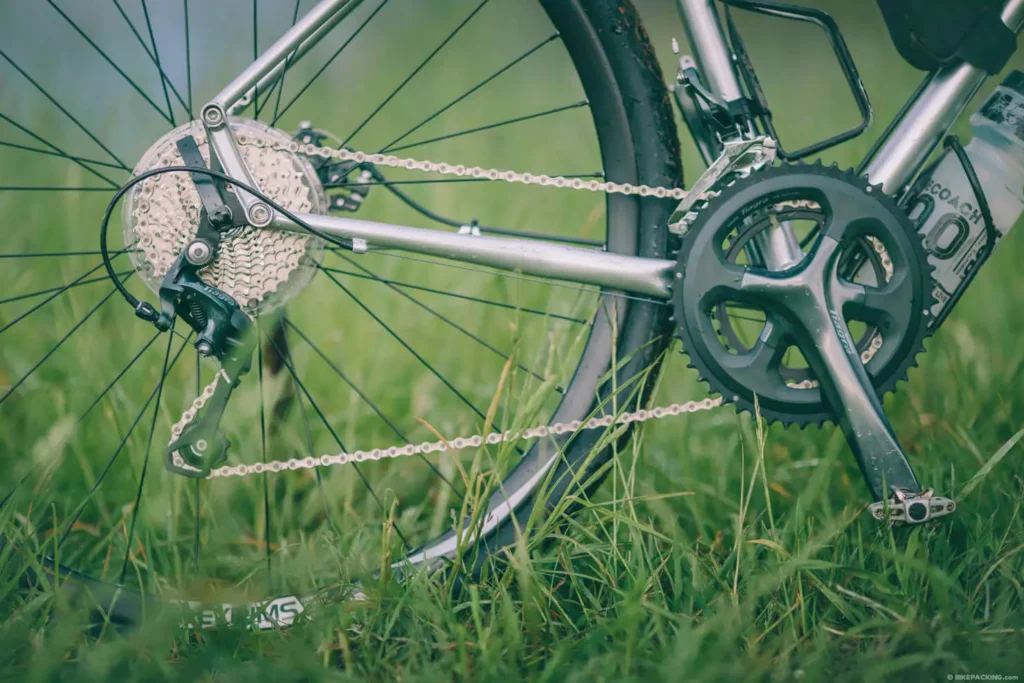Cycling on flat roads may seem straightforward, but choosing the right bike gear can significantly enhance your performance and overall experience. In this comprehensive guide, we’ll delve into the intricacies of selecting the perfect gear for flat road cycling, ensuring you make the most out of every pedal stroke.
Ideal Gear Ratios for Flat Roads
On flat terrain, your primary goal is maintaining a steady and efficient pace. Optimal gear ratios for flat roads usually involve a balance between speed and cadence. Aim for a gear that allows you to pedal comfortably without straining your muscles. A gear ratio in the middle to larger range is generally suitable for flat terrain.
Understanding Bike Gears

Before we delve into specific recommendations, let’s quickly review the basics of bike gear. Bicycles typically have a range of gears that vary in size and are controlled by the derailleur system. Lower gears provide easier pedaling but less speed, while higher gears offer more speed with increased resistance.
Optimal Gear Selection for Flat Roads
Start in a Moderate Gear
When you begin your ride on a flat road, start in a moderate gear that allows for smooth acceleration without putting excessive strain on your muscles. This helps you build momentum gradually.
Choose a Comfortable Cadence
Maintaining an optimal cadence is crucial for efficiency. Aim for a cadence (pedal revolutions per minute) between 80 and 100 for flat road cycling. This ensures a balance between power and endurance.
Utilize the Middle Gears
It’s often best to stick to the middle gears on flat terrain. These gears provide a good balance between speed and ease of pedaling. Avoid extremes unless faced with specific challenges such as headwinds or steep inclines.
Anticipate Changes in Terrain
While flat roads may seem uniform, it’s essential to anticipate any changes in terrain. Be prepared to adjust your gear accordingly, especially when approaching slight inclines or declines.
Experiment with Gear Ratios
Every cyclist has a preferred gear ratio based on their fitness level and riding style. Experiment with different gear combinations to find the most comfortable and efficient for your flat road rides.
Common Mistakes to Avoid
Cross-Chaining
Avoid extreme chain angles by not using the smallest front chainring with the smallest rear cog or the largest front chainring with the largest rear cog. This can lead to increased wear on your drivetrain and reduce efficiency.
Ignoring Wind Conditions
Headwinds can significantly impact your cycling experience on flat roads. If facing strong headwinds, consider dropping to a lower gear to maintain a consistent speed and conserve energy.
Conclusion
Selecting the right bike gear for flat-road cycling is a nuanced process that involves finding a balance between speed, efficiency, and comfort. By starting in a moderate gear, maintaining a comfortable cadence, and adjusting for changes in terrain, you’ll optimize your cycling experience on flat roads. Experiment with different gear ratios, avoid common mistakes like cross-chaining and pay attention to wind conditions to make the most of your flat road rides.
FAQs.
What is the best gear ratio for a flat road?
What gear do you use when going flat on a bike?
For riding on flat roads, it is recommended to use the middle gear. It is a common choice among bikers as it helps you reduce pressure from your feet onto the pedals.
Is gear 1 high or low on a bike?
Gear ‘1’ on a bike is a low gear. This gear is best for climbing, riding over difficult terrain, and riding slowly. This gear may also be referred to as the ‘easy’ gear 2.
What gears should I have on my road bike?
The number of gears on a road bike can vary from 16 to 27 3. The number of gears you need on your bike depends on your experience, fitness level, riding style, and the terrain you ride on.
